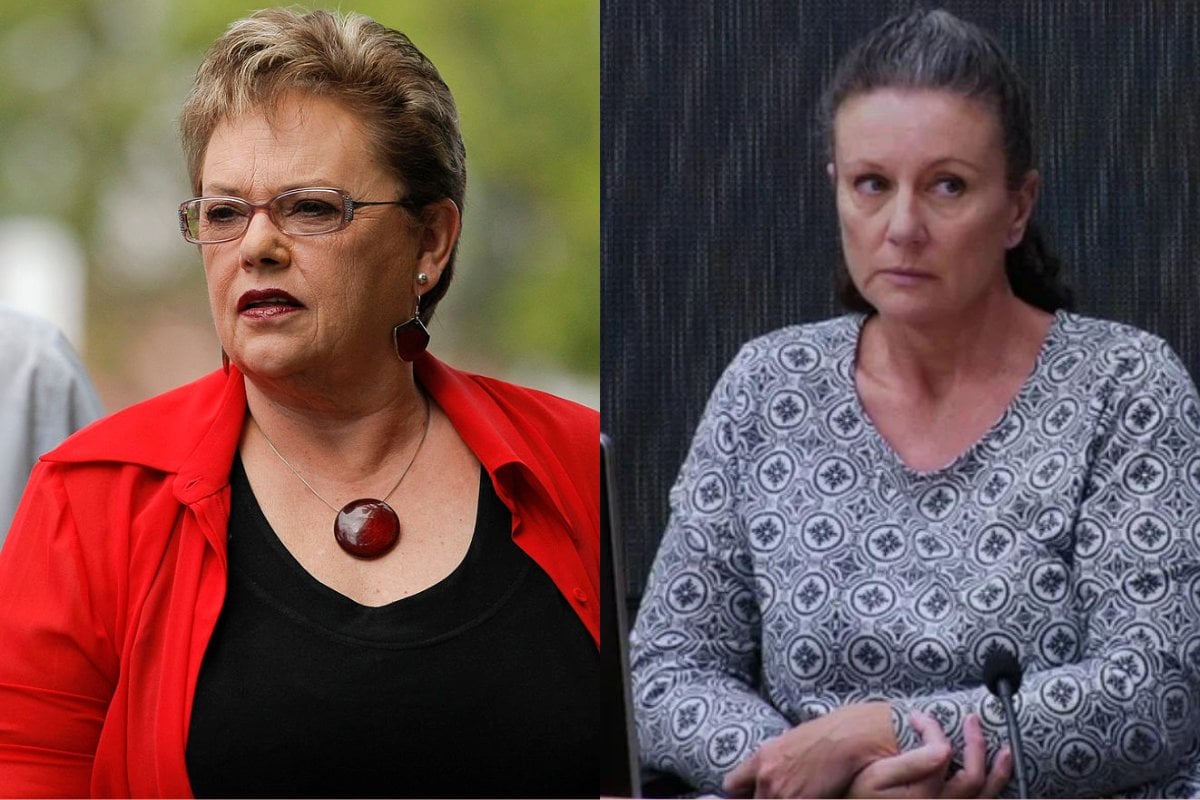
For almost two decades, the name Kathleen Folbigg sat bitterly in the mouths of Australians.
Convicted in 2003 over the deaths of her four children, she was referred to as our nation’s ‘worst female serial killer’, Australia’s most-hated woman, and a cold-hearted monster.
Then, earlier this month, she was pardoned courtesy of scientific developments that pointed to possible natural causes for her children’s deaths.
Her name is now muttered with sympathy, even compassion. Poor Kathleen Folbigg, we say. What that woman must have gone through.
The relief is writ large.
The same was true in the case of Lindy Chamberlain, the mother who was wrongfully convicted of murdering her nine-week-old daughter, Azaria, at an Uluru campground in 1980.
Watch: Australian Story: Is Kathleen Folbigg innocent? Post continues below.
Once the target of a nation’s hatred, Lindy is now widely appreciated as a victim of one of the most egregious miscarriages of justice in Australian history.
While these women’s convictions have been blamed on a complicated tangle of factors (including highly questionable expert testimony and circumstantial evidence), one of the knottiest threads was their very status as mothers.

Top Comments